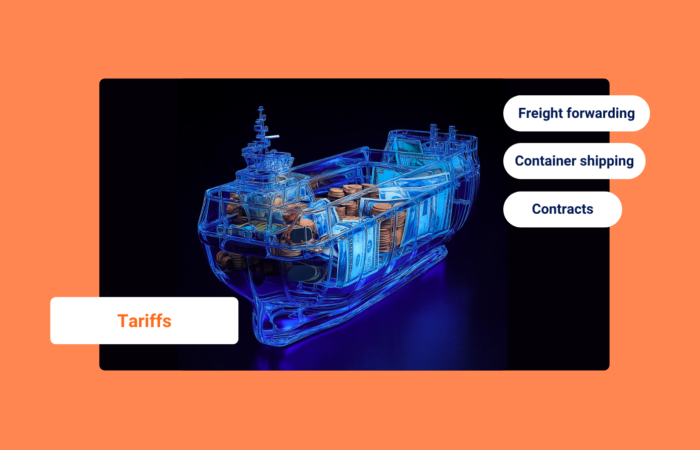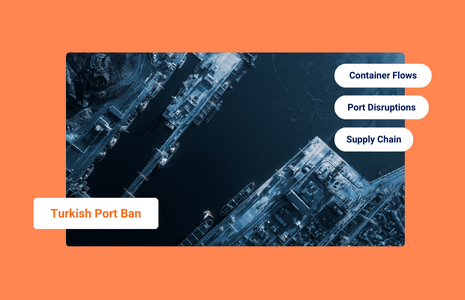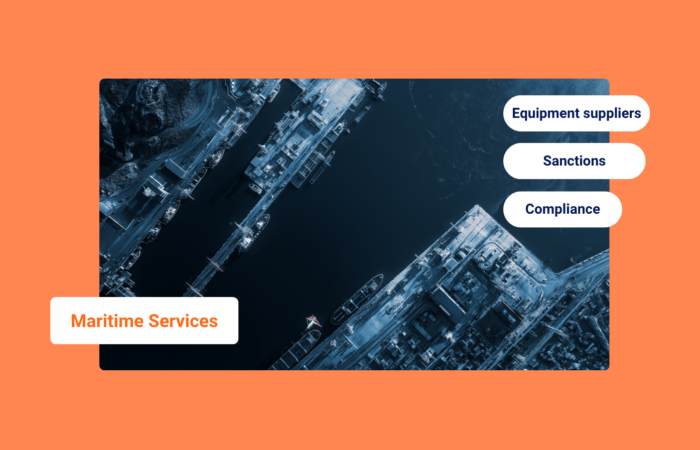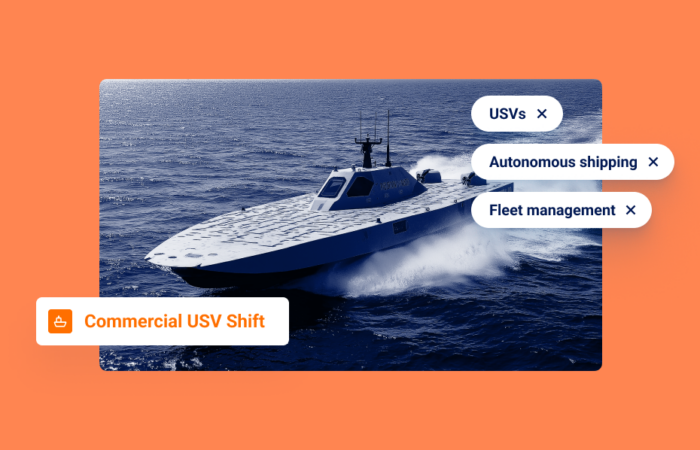Freightos Expert Provides Updated Freight Rates Following Red Sea Reroutes
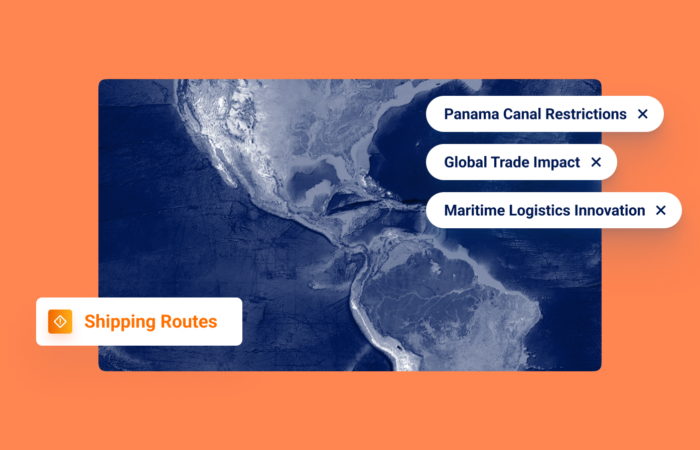
What’s inside?
Windward is working overtime to bring you actionable insights on the Red Sea-area disruptions caused by Yemen’s Houthi rebels. Yesterday, we announced the launch of Route Deviation Exception, a brand new capability in Windward’s Ocean Freight Visibility solution that flags route changes caused by the geopolitical crisis in the Red Sea.
Today, we are amplifying the voice of Judah Levine, Head of Research at international freight booking and payment platform, Freightos, to give you an expert perspective on what is happening with freight rates, excess capacity, and more.
Judah states that Asia routes have already been significantly impacted:
“Freightos Baltic Index container rates for Asia – N. Europe have increased 14% since carriers announced widespread diversions. ZIM, which was already diverting its vessels that normally use the Red Sea, increased rates for its Asia – Mediterranean service, up to the $3,300-$3,400/FEU range – well above last week’s Freightos Baltic Index Asia – Mediterranean benchmark of $2,552/FEU. With the other major carriers also rerouting now, it is likely freight rates will rise for Asia – N. Europe and Mediterranean volumes with these carriers as well.”
Freight rate hikes are part of a pattern.
“Asia – N. Europe and Mediterranean container rates have been increasing in December – even before these widespread diversions – only as a result of carriers reducing capacity by canceling sailings. But carriers will now need to operate a larger number of vessels to maintain their scheduled sailings for their diverted services.
So, we can expect the need for longer voyages until the Houthi threat is removed to push container prices up on affected lanes, but the widespread availability of extra capacity at the moment may mitigate the extent of this price increase, and avoid the extreme spikes in rates seen during the pandemic,” explains Judah.
Vessels are sailing around the Cape of Good Hope in South Africa, which will likely add 10 to 14 days of travel time.
If a vessel departs from a port in Southeast Asia instead of proceeding to the Red Sea, for example, it will need to navigate an older route used before the Suez Canal’s construction. This entails circumnavigating the entire African continent to access the Mediterranean (see below).

Judah’s overall outlook on the Red Sea disruptions is fairly optimistic: “Widespread diversions of container carriers away from the Red Sea to avoid Houthi attacks is likely to impact shippers on affected lanes in the form of longer lead times and higher freight rates as carriers take longer routes with higher costs. But with alternative routes and plenty of excess capacity available, operations should continue reasonably well, and freight rates are unlikely to spike to extreme highs. With the international community mobilizing and motivated to remove this disruption to global trade, it is also possible that these diversions could be relatively short lived.”
Windward Can Help
In terms of alternative routes and presenting a fuller picture, our industry-first route deviation capability is an important addition. It will provide stakeholders with enhanced visibility, enabling them to anticipate challenges and develop contingency plans, minimizing disruptions to the supply chain and allowing them to manage costs more effectively.
Port congestion monitoring will grow in importance, at least in the short term. “If vessels arrive off schedule or more than one at a time, some port congestion could be the result,” notes Judah.
As mentioned above, alternative routes to the Indian Ocean could add 10-14 days of travel time to a vessel’s journey. Having the latest picture of port congestion and average transit times may be the difference between being closer to the 10 than the 14, as global routes continue to shift and evolve.
Without the most accurate ETAs for ocean freight, your customers will not know when containers will arrive at the port of destination (POD), and may incur detention and demurrage charges as a result.
Early detection is also going to be critical during such a fluid, fast-moving geopolitical quagmire. Without sufficient lead time, you may know what is happening, but you are not agile or flexible enough to react in time or strategically.








